Panchakarma (also referred to as Panch Karma) is a way to clean your body thoroughly by getting rid of the built-up waste after preparing it with some lubrication. The term “Panchakarma” is made from 2 words “Panch” and “Karma”. It means “five actions” in Sanskrit, referring to the five procedures involved. This method aims to detoxify, refresh, and restore balance to your body. It’s unique because it doesn’t just treat diseases but also helps prevent them and promotes overall health. This post focuses on providing a detailed understanding of Panchakarma. So let’s begin.
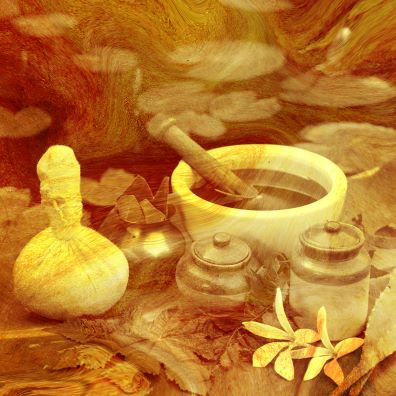
What is Panchakarma?
- Panchakarma is a dynamic detox therapy to cleanse the body and mind from the inside out and make them free from all the toxins gradually accumulated over a period of time.
- Panchakarma means “five types of bio-cleansing therapies”.
- Panchakarma is a cleansing treatment program for the body, mind, and soul that cleanses and rejuvenates. It is based on Ayurvedic principles.
- Panchakarma is done individually for each person with their specific constitution (Prakriti) and specific disorder (Vikriti) in body and mind, thus it requires close observation and supervision of a qualified and proficient Ayurvedic physician.
- Treatment starts with Poorva Karma (pre-purification procedures) i.e. Snehana and Svedana. Then cleansing methods of Shodhana (Panchakarma) are applied, which are followed by Samsarjana karma (restorative regimen).
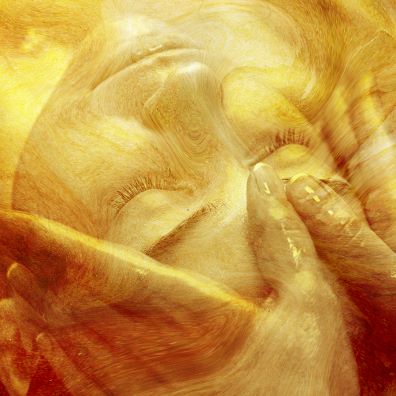
What Are the Benefits of Panch Karma?
- Purification of the Mind, Body, and Soul: It is the solution to get rid of all impurities and toxins from the body (Detox) and thus purify the mind, body, and soul.
- Complete Physical and Psychological Well-being: it helps to achieve a healthy and stress-free body and mind by balancing the vitiated Physical and Psychological doshas.
- Harmonizing the body, and mind complex by balancing the vitiated doshas: According to Ayurveda, the three doshas are the main governing factors of the human body. The imbalances in these doshas cause our bodies to respond abnormally and invite various kinds of ailments. Panchakarma therapy helps to restore the balance between these doshas. And thereby promoting the proper functioning of the body.
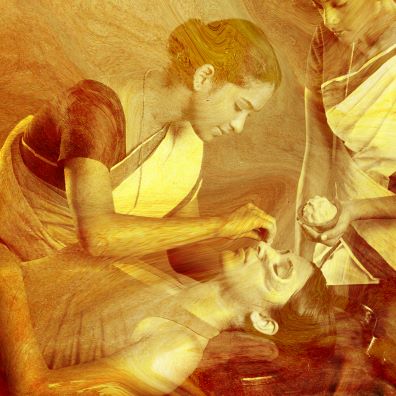
Who Needs Panchakarma or Panch Karma?
In today’s hectic lifestyle, each and everyone can get benefits from the panchakarma treatment. Whether you are a person with the disease or a healthy individual, both can gain great results from the panchakarma treatment. And the best part is you can feel the effect of the panchakarma treatment from day one.

Which are the 5 karmas of the Panchakarma treatment?
According to Atreya school of thought –
- Vamana (therapeutic induction of vomiting)
- Virechana (therapeutic induction of purgation)
- Nasya (nasal instillations),
- Nirooha Basti (therapeutic enema predominantly with medicated decoctions) and
- Anuvasana Basti (therapeutic enema with medicated oils)
According to the Dhanvantari school of thought –
Both types of Basti are considered as one and Raktamokshana (bloodletting) is considered as a fifth Karma/procedure.

Aims and Objectives of Panchakarma:
- This five-fold therapy is aimed at eradicating the root cause of the disease to achieve mitigation of the disease.
- Panchakarma is essentially applicable for a wide range of preventive, curative, promotive, and restorative purposes. These therapies are advocated even in a healthy person to stay healthy and combat seasonal imbalance of dosha.
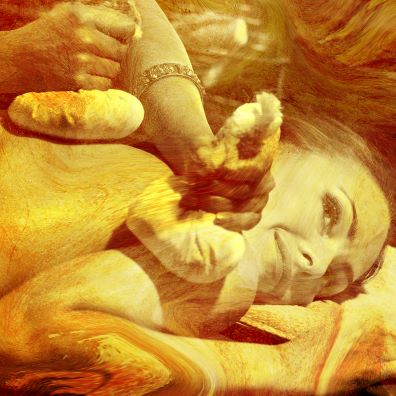
What are the stages involved in Panchakarma treatment?
Panchakarma includes three stages:
- Poorva Karma:
- Snehana (internal or external administration of medicated Oils and/or Ghee) and
- Svedana (sudation/induction of sweating)
- Pradhana Karma (Shodhana/Panchakarma practices/procedures)
- Paschat Karma (Samsarjana Karma/restorative regimen/post Panchakarma therapies)
Panchakarma procedures occur in the above order only. First poorva karma is followed by the main panchakarma treatment and that is followed by paschat karma.’
Allied procedures in panchakarma:
The common allied procedures in Shodhana Chikitsa are known as Anukarma.
They are as follows:
- Abhyanga (oil massage)
- Shirodhara
- Nadi Sveda
- Patrapinda Sveda
- Udavartana
- Kati Basti
- Uttara Basti
- Manya Basti
- Janu Basti
- Tarpana
- Upanaha
- Padabhyanga etc.
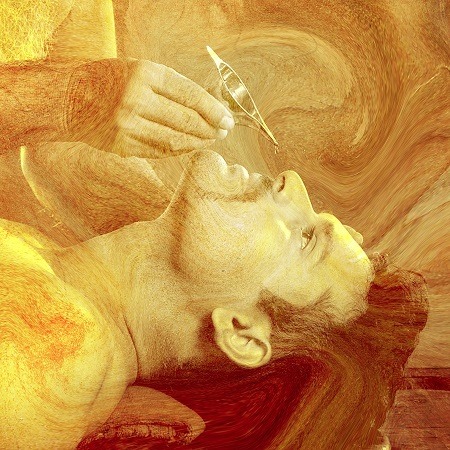
What is the time required for Panchakarma?
- Panchakarma involves invasive and elaborate methodology. It demands strict follow-up of principles for the practice of Panchakarma laid down by ancient sages.
- The duration of the treatment depends on the Prakriti (Constitution) of a person and the severity of his/her illness. It may last from a few days to a few weeks.
- Sometimes more than one karma has to be employed for a better outcome of the treatment as per the need of the patient. In such cases, the duration may last for 2-3 weeks.
- Daily time required for the therapy session ranges from 30 minutes to 2 hours depending upon the procedures involved.
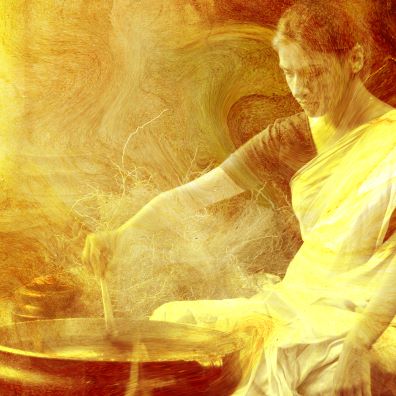
Which Season is Best for Panchakarma?
- The season for Panchakarma therapy is ideally suggested according to the person’s Prakriti and chronic illness condition.
- The Vamana is done in the Vasant Ritu, Rakta mokshana is done in the Sharad Ritu, Nasya is for all seasons except when it is cloudy, Virechana is for Sharad Ritu, and Basti therapy in the Varsha Ritu.
- However, if there is a condition demanding early intervention, the proficient Ayurvedic physician can perform the Panchakarma on priority at any time and in any season.
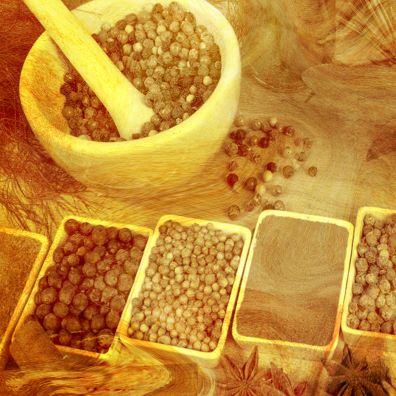
Can I do Panchakarma at Home?
- Panchakarma involves invasive and elaborate methodology. It demands strict follow-up of principles for the practice of Panchakarma laid down by ancient sages.
- Panchakarma is done individually for each person with their specific constitution (Prakriti) and specific disorder (Vikriti) in body and mind, thus it requires close observation and supervision of a qualified and proficient Ayurvedic physician.
- Certain procedures of Poorva Karma (preoperative procedure) in Panchakarma like consuming Ghee, Snehana (oleation) or Svedana (sudation/fomentation), and Paschat Karma (post-operative procedure/samsarjana Karma/restorative regimen) of including rice water, kanji, khichari etc. in your diet after the Shodhana (Detox) can be done at home under medical guidance and proper training for the same.
- However, the Pradhana Karma (shodhana/panchakarma practices/main operative procedures) requires expert supervision and will require the close observation and supervision of a qualified and proficient Ayurvedic physician to monitor the entire process.
Panchakarma treatment is a holistic approach to detoxifying the body, consisting of five cleansing procedures. It involves preparing the body with lubrication before eliminating accumulated waste. Panchakarma aims to not only address existing health issues but also prevent future ailments and promote overall well-being.
So what are you waiting for? Contact now at Kalpayu Wellness and Healthcare Clinic to book your appointment for panchakarma treatment.
